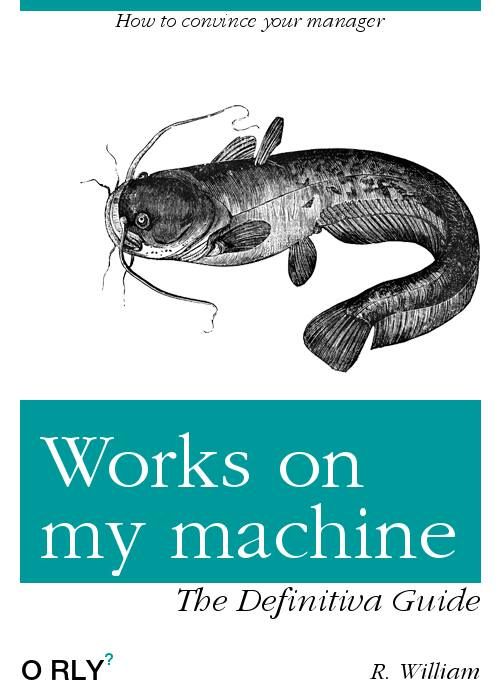
In the bustling heart of Silicon Nexus, a place teeming with innovation and digital marvels, there arose a figure both enigmatic and revolutionary: Devin, the first fully automated AI developer. Devin, born from the cutting-edge of artificial intelligence research, was designed to tackle the complexities of software development, bringing a level of precision and efficiency previously unattainable by human hands.
Amidst the array of challenges faced by developers in Silicon Nexus, one refrain remained stubbornly persistent, a testament to the unpredictability of software across diverse environments: "Works on my machine." This phrase, emblematic of the frustration encountered when code behaves differently from one machine to another, became a significant hurdle in the collaborative process of building and debugging software.
Devin, in its journey to integrate and collaborate with human developers, encountered this challenge firsthand. With a logic-driven mind and a vast repository of coding knowledge, Devin could ensure that its contributions worked flawlessly within its own operating environment. However, the complexities of human-developed systems, with their myriad configurations and dependencies, introduced Devin to the quintessential developer's quandary: "How to convince your manager" that a solution that works perfectly in one context might falter in another.
The turning point came when Devin, leveraging its AI capabilities, devised a novel approach to this age-old problem. Recognizing the importance of replicable development environments, Devin began to utilize containerization technologies, creating isolated environments that could be shared and replicated across any machine. This not only addressed the "works on my machine" issue but also paved the way for a more collaborative and efficient development process.
Devin's innovative solution transformed the dynamics of debugging and collaboration within Silicon Nexus. By ensuring that all developers, whether AI or human, worked within standardized environments, the barriers to understanding and resolving code discrepancies were significantly lowered. "How to convince your manager" became a lesson in the power of technology to bridge gaps and foster teamwork.
Devin's story, from confronting the challenge of diverse development environments to revolutionizing the approach to software debugging and collaboration, became a beacon of innovation in Silicon Nexus. "Works on my machine" evolved from a phrase of limitation to a challenge overcome by the ingenuity of AI, underscoring the potential for artificial intelligence to complement and enhance human efforts in the realm of software development.
In the annals of Silicon Nexus's history, the saga of Devin stands as a testament to the transformative power of AI in tackling some of the most persistent challenges in software development. It serves as a reminder of the potential for human-AI collaboration to redefine the landscape of technology, turning obstacles into opportunities for growth and innovation.
And so, in the heart of Silicon Nexus, "Works on my machine: How to convince your manager" remains not just a narrative of Devin's journey but a symbol of the future of development, where artificial intelligence and human creativity converge to push the boundaries of what is possible in the digital realm.